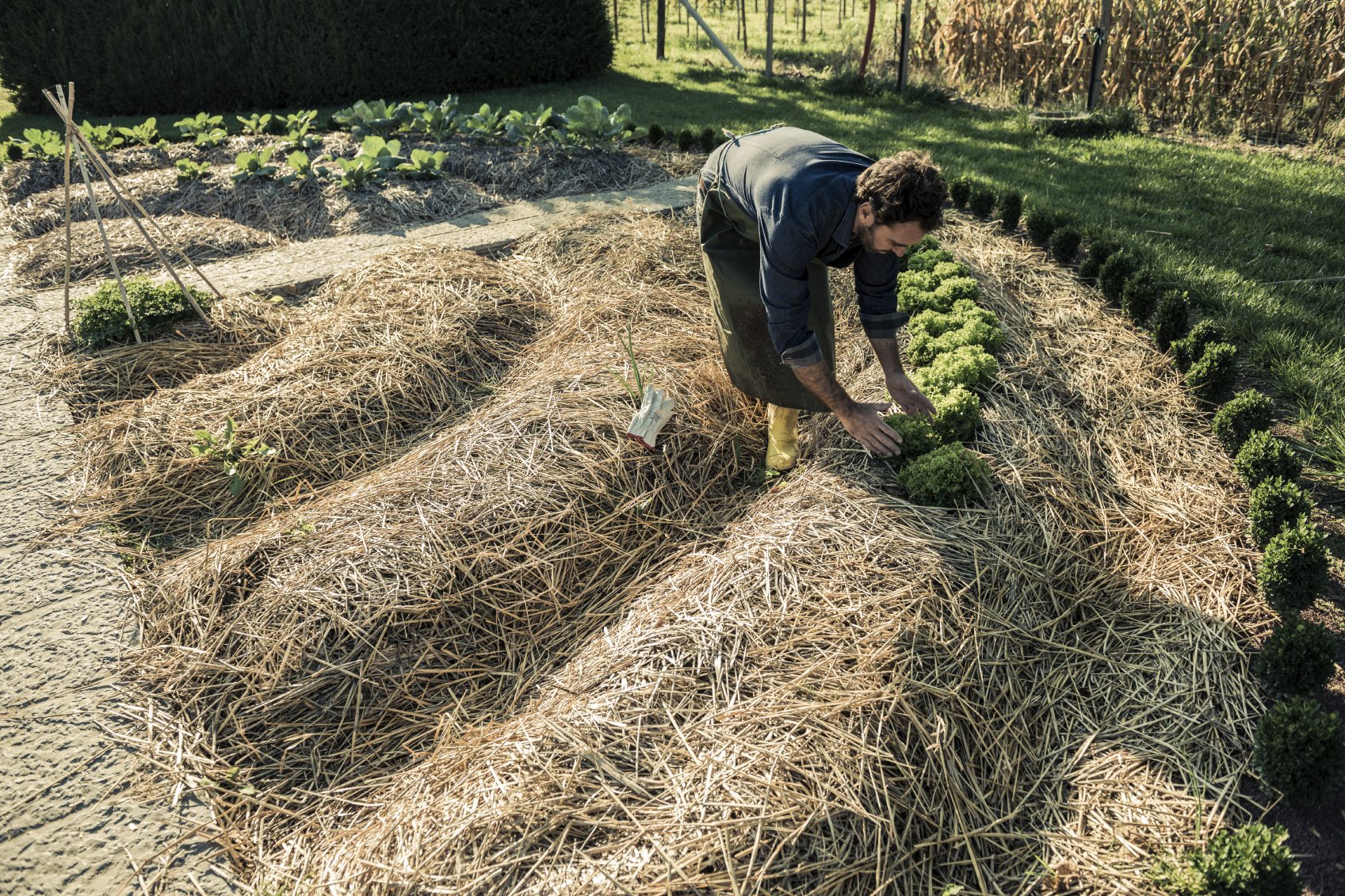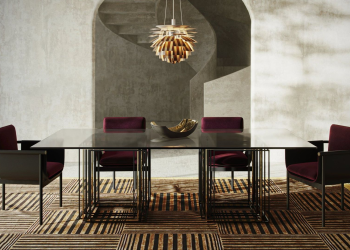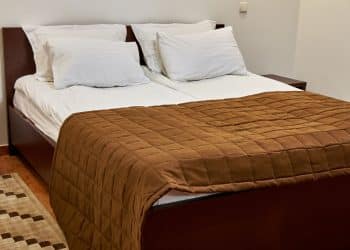Table of Contents
No landscaping or garden is complete without consideration of ground cover. This is a broad topic because there are so many options to consider. Mulch refers to many types of ground cover, but there are many other options aside from mulch as well. Proper ground cover can be unique and easily make any landscaping idea noteworthy. There are many considerations when choosing bedding cover or lawn alternatives, fully detailed in the following.
What’s Important to Consider?
When deciding on bed coverage in any landscaping, there are several things to think about. The main factors specific to each project include soil, plant type, and climate or location. Plants may need nutrients specific to their species or soil requirements. Certain ground covers with organic materials add nutrients to the soil and benefit many plant types. Depending on climate and soil type, the moisture and temperature may require some regulation. Some ground covers retain more or less moisture. Some types of gravel or stone based covers can keep plants warm at night. There are many benefits to bedding cover, so it is important to keep the specific needs of your project in mind.
Beyond the landscaping needs, ground cover adds curb appeal. With any material choice there are options for color and appearance. Choose colors to match or accent the building for a tailored appearance. Colors of mulch tend to range in most natural tones including red to black. There are options in grey, a variety of brown, and white. Gravel or stone based cover can be most neutral colors from black to white. There are plenty of ways to make the landscaping unique and aesthetically pleasing.
Finally, the space available is important to consider. Some landscaping just needs the flower or shrub beds covered. Some projects intend to totally replace a traditional lawn. Nature’s Friend Landscaping has a great full explanation of some alternatives compared to a traditional lawn. Full lawn alternatives can be organic or mineral based. In cold or arid climates, it is becoming increasingly popular to replace a lawn with a stone or gravel-based cover to avoid a dead lawn during the summers or winters. Other options are organic options that can create a full bed that stays green all year such as liriope. These are always good options if saving water is important.
Types of Ground Cover Available
Organic mulches cover a wide range of options that are made from once living materials. Options from this category will donate nutrients and retain moisture for your plants to enjoy. After a given time period the mulch will be depleted of nutrients and color, requiring replacement.
Inorganic mulches are landscaping options not made of organic materials. They range from landscaping fabric, to plastic, rubber, or stones. Landscaping fabric is used to reduce the possibility of weeds developing in the garden beds. Plastic, rubber or stone options last much longer than traditional mulch but they do not donate nutrients to the soil. Stone options may have a thermic effect which can be beneficial but if used improperly may overheat some plants.
Lawn alternatives are either plant or stone replacements to a traditional lawn. The plants that are used for alternative lawns are easier to care for than a lawn, require less water and remain green all year round. Stones completely eliminate the water needs of a lawn and add an innovative edge.
Keep It Stylish
Mulch is an important part of a complete landscaping arrangement. Mulches can benefit the plants and the curb appeal of any property you’re managing. Ground cover is a great way to keep the look of a place maintained or totally update it with something new!








